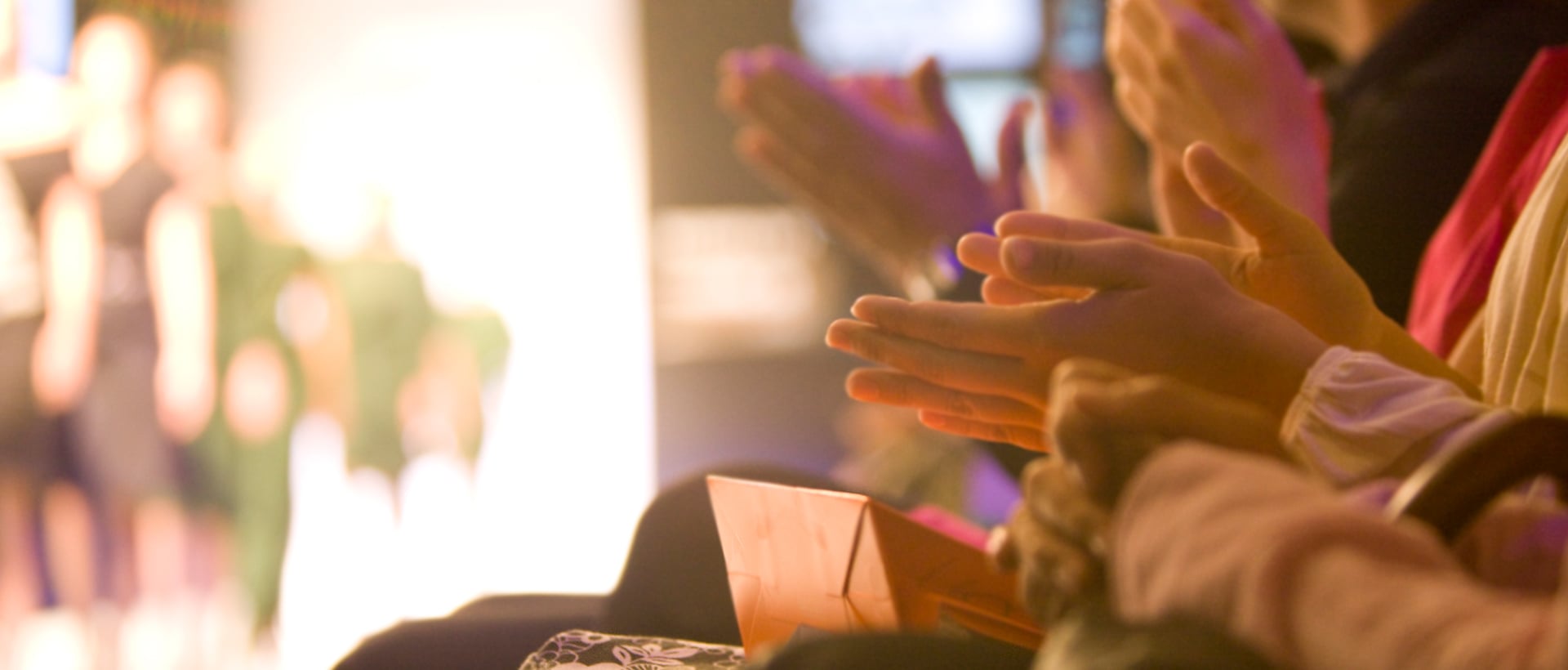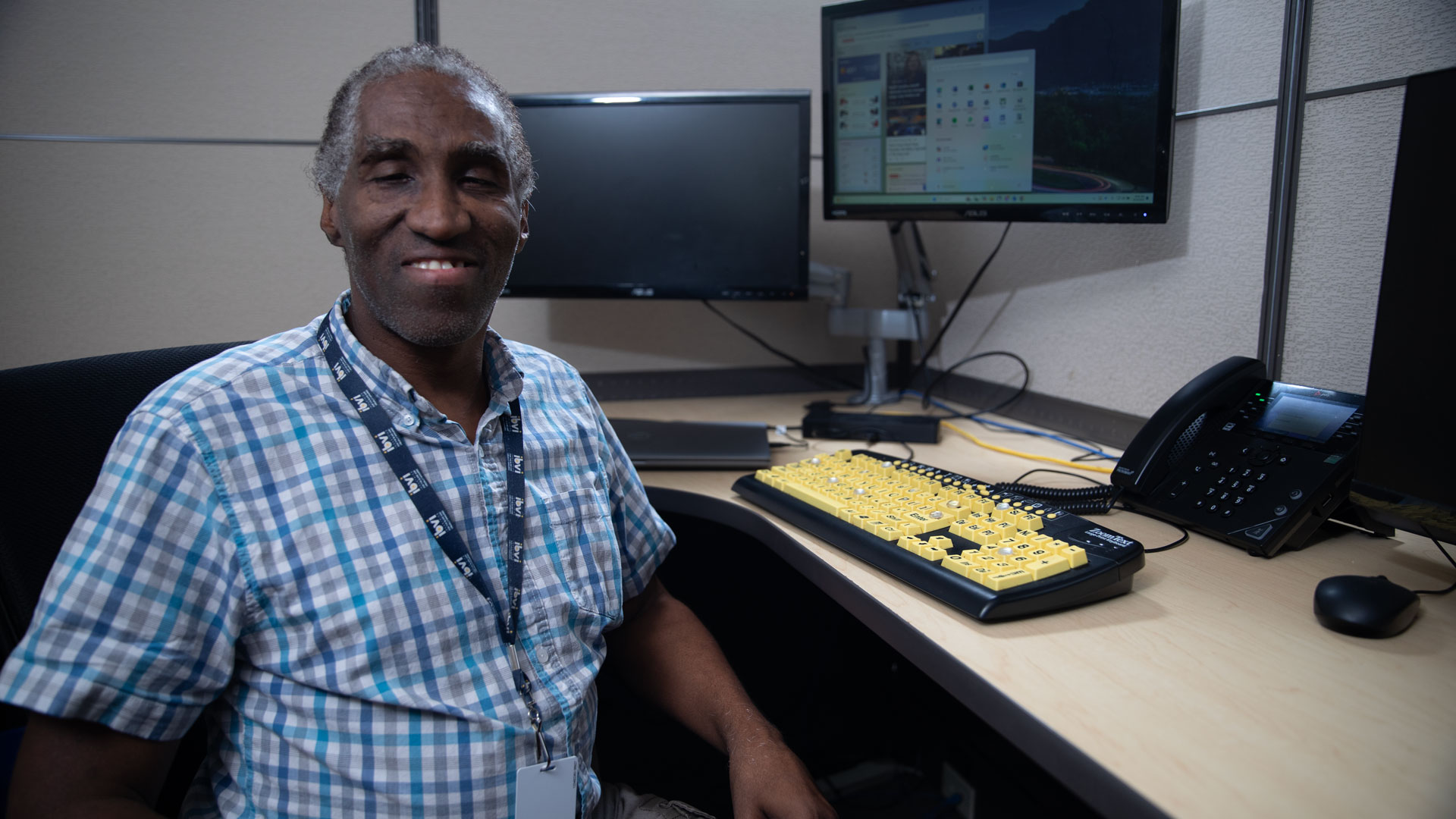On the final day of New York Fashion Week’s February shows, a handful of models gathered at an event space in New York City’s Garment District, psyching themselves up for that evening’s show. At first glance, the backstage area at this particular fashion show seems like that of any other show: models are perched in hair and makeup chairs, a designer is crouched down on the floor making last-minute alterations to a gown, and event staff rush frantically to-and-fro.
However, there is one distinct difference that sets this show apart from the dozens of others that took place during NYFW: all of the models in this particular show are blind.
The aptly-named Blind Fashion Show was spearheaded by Myriam Chalek who had previously hosted a show featuring models with dwarfism. This year, she was inspired to feature blind models in order to help break the stereotypes that surround the visually-impaired community.
“The goal is actually to show people – to show society – that there is more than a white cane… there is more than a guide dog,” Chalek explains. “It’s going to show people that [people with vision loss] have courage and whatever they want to do, they can do.”
While some legally blind individuals like America’s Next Top Model contestant Amanda Swafford have had some success in the modeling world, Blind Fashion Show producers say that theirs is the first fashion show to exclusively feature blind models during New York Fashion Week.
Model Katia Hadjeb – who hails from Algeria – explains, “I knew I needed to be a part of this. This fashion show is not just to show the creativity of the designer, but also to advocate for blind people’s rights.”
For Guiliana Diernardi, her main motivation for participating in the show wasn’t the fashion or the personal recognition – it was the cause. “[I felt this show] would change the perspective of most people and they would say, ‘Anyone could really be a part of fashion.’” she explains.
While the show featured women with varying degrees of blindness, only minor accommodations were needed to enable models to walk the runway without the use of their everyday accessibility tools. Fishing line – which was barely visible to audience members – was strung between stanchions positioned at each end of the runway. Additionally, markers were placed on the floor of the runway itself, helping models identify the end of the runway.
At the end of the show, each model had the opportunity to sharing more about their visual impairment with audience members. This was important to former Mrs. America and Mrs. World April Lufriu and her daughter Savannah who both have Retinitis Pigmentosa and modeled in the show. It is their hope that this show will help bring global awareness to the disease.
For others, however, the Blind Fashion Show was the perfect opportunity to prove to the world that blind people can do absolutely anything.
“I would love to break all of the stereotypes that surround modeling,” says Brilynn Rakes. “We all have different visual impairments, but we’re all here to show that the visually impaired community can model.”


